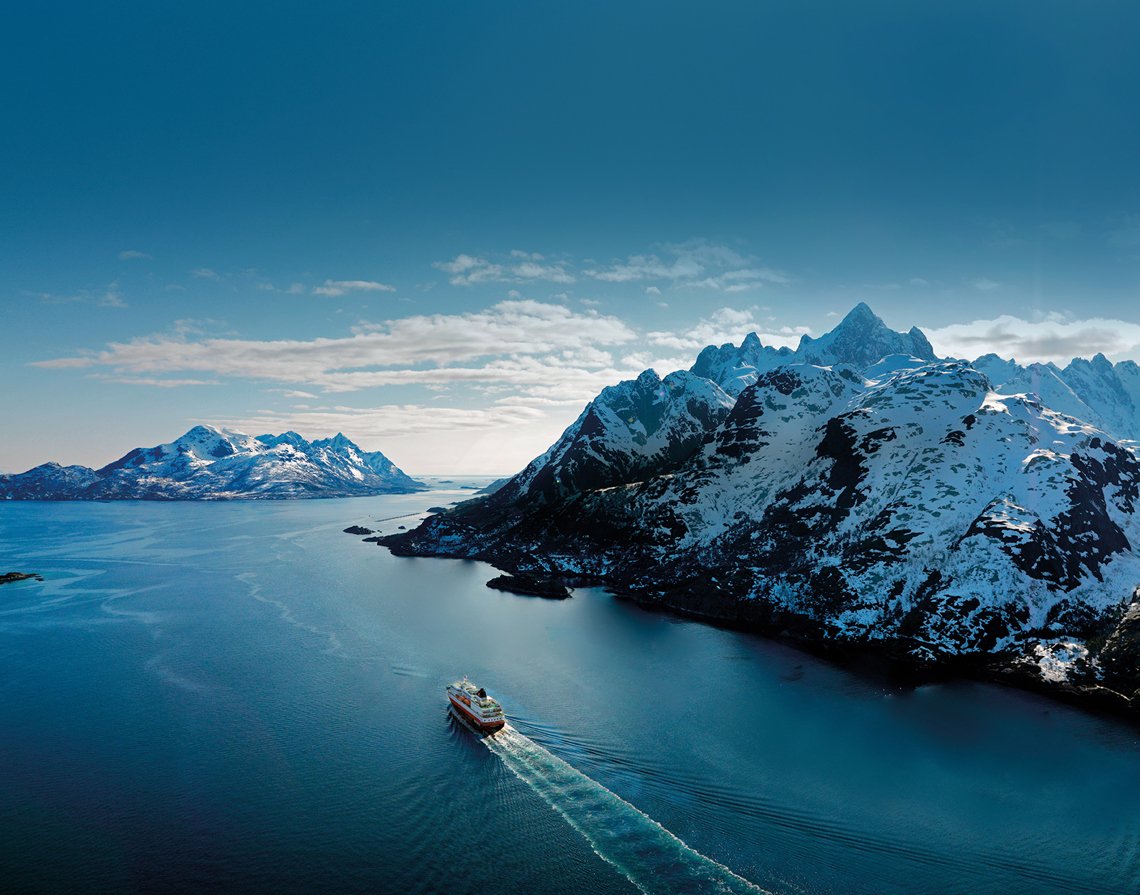Improving sustainability
That process began with the contract between Hurtigruten, Kongsberg Maritime and shipbuilding partner Myklebust Verft to upgrade three coastal ships.
“Throughout the tender process, we spoke about what Hurtigruten needed and how we could achieve it. We had clear tasks: improved capability, stronger wind resistance and, of course, 25 per cent reduction in emissions.
“We have multiple competencies in the different elements that are important for an upgrade like this. We have strong skills in structure, in propulsion, in automation and control. And we’re the best in the world at combining those skills to achieve customer requirements.
“Our experts have the design and engineering expertise, product and domain knowledge, project lists and advanced computational and design tools to identify, develop and implement the right solutions,” adds Geir Oscar.
From a wider perspective, the upgrade is also a much quicker way to meet the emissions requirements. Geir Oscar continues: “We can do the full turnover of a vessel in four or five months. An entirely new build takes much longer time.
“We are very pleased with the performance of the first two ships and through continued cooperation with Hurtigruten, we can expect to see further optimisation of the new systems.”





